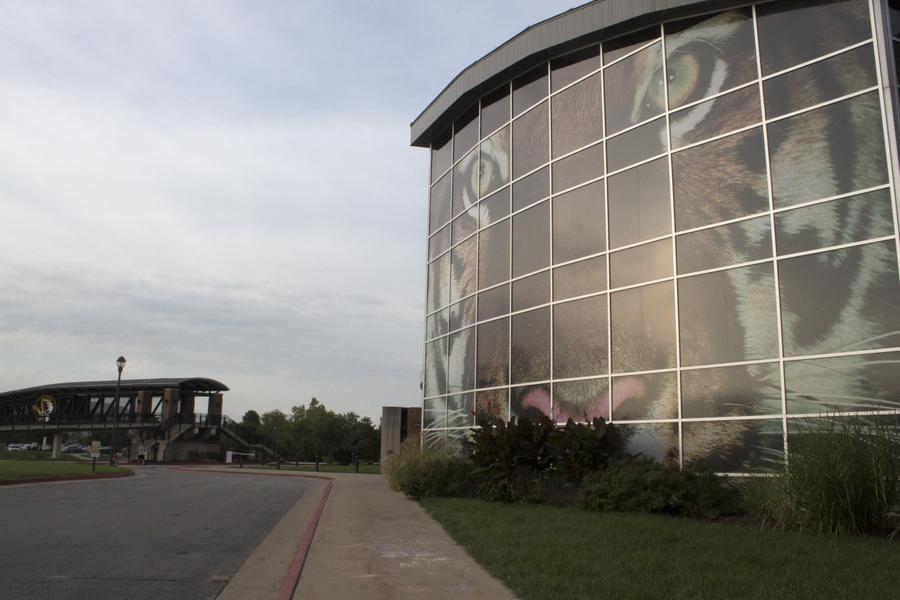
Article reposted from The Maneater
Author: Griffin Schaetzle
Think back to the most sore you have ever been. Your legs are worn down, you can hardly raise your shoulders, and your entire body wants to collapse.
What did you do to recover? Who did you turn to?
After a tough workout, I always look to my friend, Norm, for help. For me and other athletes, Norm is perhaps one of our best friends in the training room.
Now, Norm isn’t a person. Instead, it is one of the many recovery tools used to repair our bodies. Norm is short for NormaTec, a suit that fills with air and compresses certain muscles resulting in decreasing tightness. Athletes are always trying to limit how tight and sore their body gets, and the Mizzou Athletics training room has numerous ways to do just that. Conveniently located in the Mizzou Athletics Training Complex, where athletes spend most of their time to begin with, we are just steps away from recovering our bodies.
A great aspect of the training room is how self-sufficient it is. Most of the recovery tools, including NormaTec, can be used without an athletic trainer. Others include the cold tub and hot tub, the classic bag of ice and various stretching tools. Keeping our bodies healthy and fresh is a challenge. However, it is much easier when we have to power and tools to do it on our own.
Although the cold tub is very frigid, it is a body saver in the middle of the week when rotated with the hot tub. After a long day of workouts, it is easy to jump in the hot tub and relax. However, after three minutes are up, it’s right into the cold tub for a minute. The cold tub is just that: cold. As soon as one toe hits the water, your body can go into shock. Perseverance is vital in the recovery process. After just one minute in the cold tub — although it can feel like an hour — you can jump right back into the hot tub. Once you’ve done that three to five times, your body feels refreshed and ready to conquer the rest of the week.
It was hard to miss Michael Phelps at the Olympics this summer. Phelps had quite a display of circles on his back, which became a social media sensation. The circles, a result of a recovery process called cupping, were actually bruises on his body.
Although most people think the process is relatively new, cupping has actually been used for quite some time. It is an ancient recovery form initially stems from China and is used all over the world.
Cupping is one of my favorite recovery tools in the training room. Not only do the bruises make you look like you’re fresh off the battlefield, it also relieves the tightness in your muscles.
The process starts with a multiple cups suctioned over the area that needs treatment. The cups are set to a certain suction point, which pull the tissue up and separates the tightness. The initial suction is quite painful, but as the muscles loosen, it begins to feel relieving. After the cups are taken off, the body feels looser and ready for another day.
Just because athletes have the ability to recover on their own doesn’t mean we don’t have excellent trainers to help as well. Along with certain recovery tools that trainers help us with, they help with therapy treatments. This includes any treatments or rehabs if anyone were to get injured.
Injuries are one of the worst parts of sports. Luckily, they can be overcome quickly and efficiently with the great staff of the training room. From trainers for rehab to seeing specialists, Mizzou athletes have it all. It is vital to stay healthy and able to perform, and without the training staff that would be quite difficult.
The training room is full of endless ways to help the body recover. Whether athletes choose to use the self tools to recover or use the excellent training staff, our bodies would not be as healthy or loose late in the week.
In a lifestyle that is so physically demanding, the training room is a great way to get through tough week after tough week.